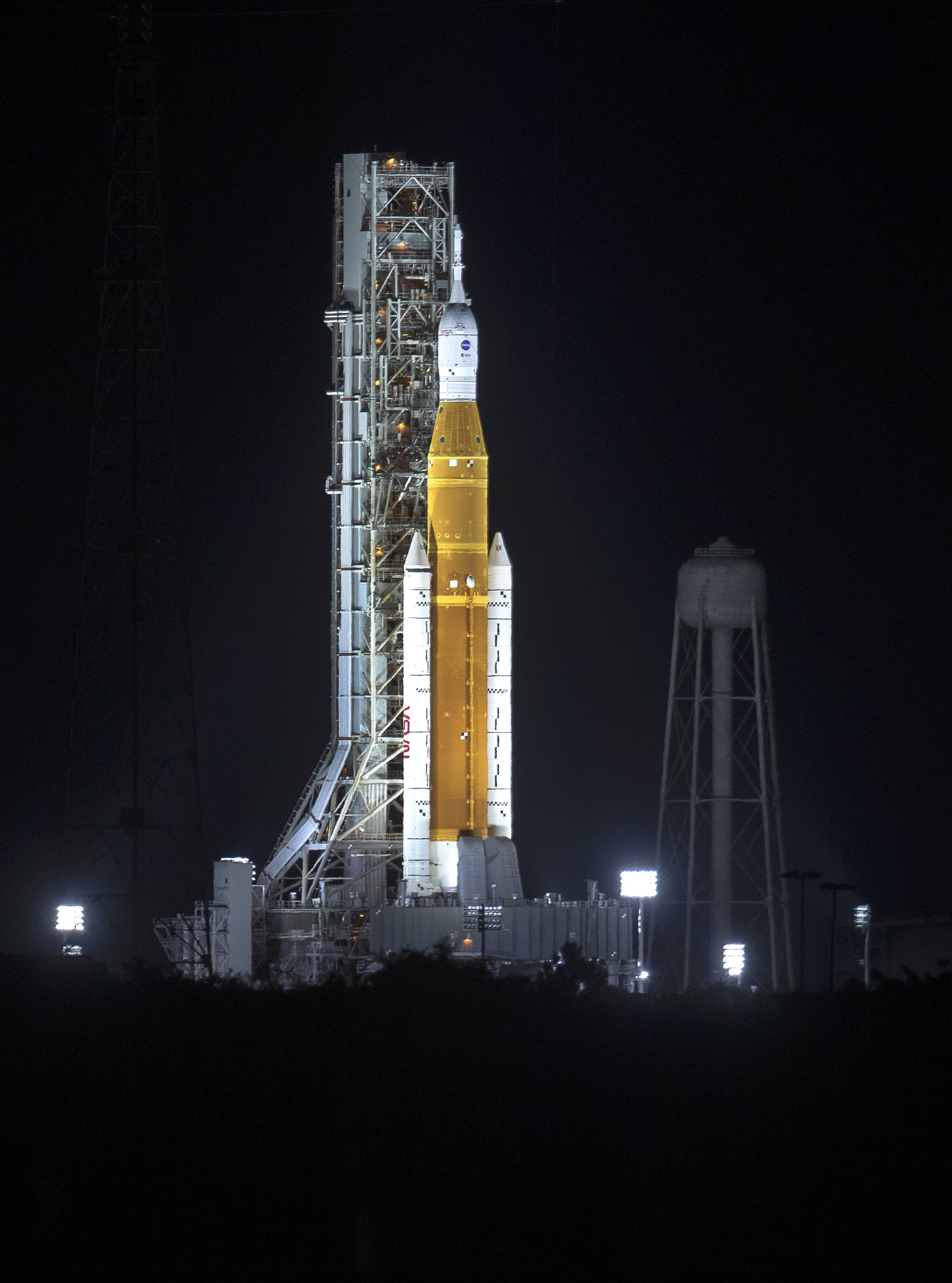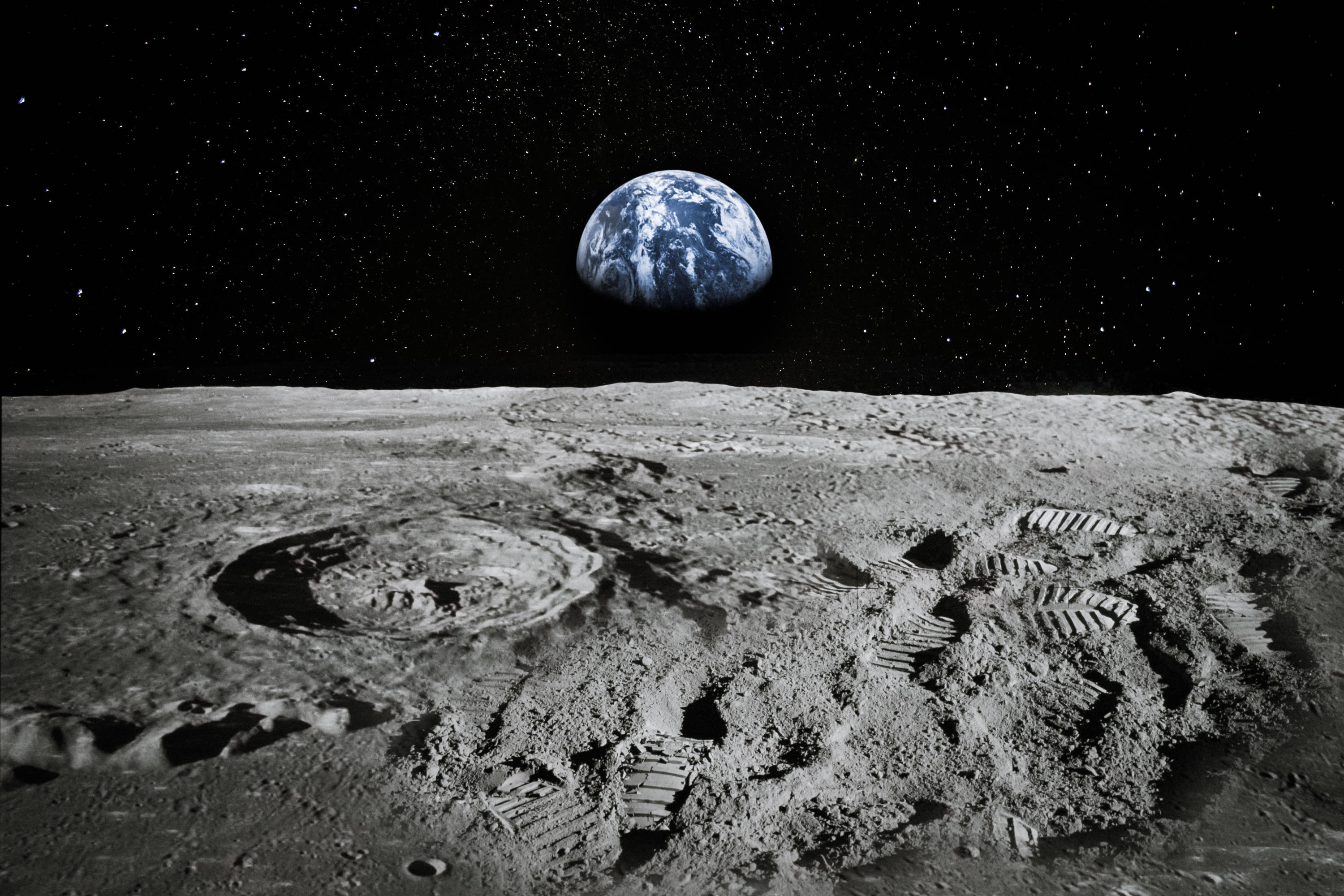Inhaling moon dust is less toxic than urban pollution

Moon dust is less harmful to human lung cells than feared and significantly less toxic than common Earth-based air pollution .
A UTS-led study, published in the journal Life Sciences in Space Research , provides encouraging data for the upcoming Artemis missions , which aim to establish a long-term human presence and base on the Moon.
UTS lead researcher and PhD candidate Michaela B. Smith investigated the impact of more accurate, next-generation moon dust simulants on human lung cells in the lab. She compared the effects to those of airborne particles collected from a busy Sydney street.
Smith stated that astronaut health was a concern following the Apollo missions , where crew members experienced respiratory problems.
The study found that while sharp, abrasive lunar dust can act as a physical irritant, it did not cause the severe cellular damage and inflammation seen in urban dust on Earth . "It's important to distinguish between a physical irritant and a highly toxic substance," Smith said.
"Our findings suggest that while lunar dust may cause some immediate irritation of the airways, it does not appear to pose a risk for long-term chronic diseases such as silicosis , which is caused by materials like silica dust."

NASA is expected to spend $93 billion on the Artemis program between 2012 and 2025. Photo: Cristobal Herrera-Ulashkevich. EFE
On the Apollo mission, the primary route of exposure occurred after extravehicular activity. "When astronauts re-entered the lander, fine dust adhering to their spacesuits became airborne within the confined cabin and was subsequently inhaled, causing respiratory distress, sneezing, and eye irritation," Smith explained.
"If you inhale any dust, you sneeze, cough, and experience some physical irritation. But it's not highly toxic like silica, which can cause silicosis from being on a construction site for 10 years. It's not going to be anything like that," Smith said.
The research focused on fine dust particles (smaller than or equal to 2.5 micrometers) , which are small enough to evade the body's natural defenses and penetrate deep into the lungs' lower airways. The study used two different types of lung cells: the upper (bronchial) and lower (alveolar) regions .
The results showed that terrestrial dust induced a greater inflammatory response and was more toxic to cells than lunar dust simulants. The article suggests that the primary mechanism of lunar dust toxicity is mechanical damage caused by the irregular shape and rough edges of the particles as they are internalized by cells. Critically, lunar simulants did not trigger significant oxidative stress, a key pathway of chemical damage often associated with fine particle toxicity.
"This likely means that if exposure occurs at levels typical of terrestrial air pollution, the health effects would be minimal," the authors conclude in the article.
While the findings reduce a critical risk factor, NASA continues to take the threat of dust exposure seriously . Smith, who recently visited NASA's Johnson Space Center in Houston, saw new engineering solutions firsthand.
"What they've done now is design it so that the suits are actually attached to the exterior of the rover," he explained. "The astronaut will enter and exit from the inside, and the suit never goes inside, which prevents the dusty suit from contaminating the internal cabin environment."
"While this research helps reduce concerns about a critical risk factor, it's important to emphasize that NASA continues to take dust exposure seriously and is developing robust mitigation strategies," Smith said.

Moon Photo: iStock
The research has paved the way for Smith's current doctoral work, which investigates the next frontier of space health: the effect of microgravity on lung function .
In the lab, she uses a specialized rotating device to simulate the weightlessness experienced on the International Space Station , studying how it affects cellular structure and lung function over time.
Distinguished Professor Brian Oliver of UTS and the Woolcock Institute of Medical Research, Smith's PhD supervisor and co-author of the study, said this fundamental work on lunar dust provides greater confidence for humanity's next giant leap.
"The results reinforce the safety of returning humans to the Moon. This research places our research group at UTS at the forefront of space life sciences, cementing us as key contributors to this vital area of research, especially in Australia," Oliver said.
eltiempo




